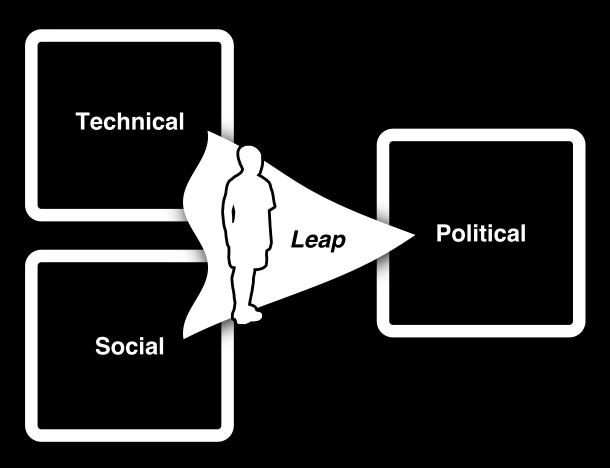Introduction to the Class Composition Project
by
Notes from Below (@NotesFrom_Below)
March 21, 2023
Featured in The Class Composition Project (#16)
An introduction to the Class Composition Project

inquiry
Introduction to the Class Composition Project
by
Notes from Below
/
March 21, 2023
in
The Class Composition Project
(#16)
An introduction to the Class Composition Project
In the publication that follows, we present the findings of the project so far. First, in Chapter 1 we reproduce the article that launched the project. As you can see, we set a very ambitious target: “to collectively produce an overall analysis of contemporary class composition in Britain” and launched a national survey. The first step of analysis involved producing initial findings in September 2021, which we have reproduced in Chapter 2. We then provide, in Chapter 3, an analysis of work in Britain to frame the changes in class composition.
In the next part of the publication, we discuss in detail changes that have taken place in particular sectors of the economy. Chapter 4 focuses on healthcare, Chapter 5 on education, Chapter 6 on charities, Chapter 7 on retail, and Chapter 8 on trade unions. The publication finishes with a conclusion and next steps, as well as including three appendices: a reflection on methods, the survey questions, and the interview questions.
We launched The Class Composition Project on the 16th of February 2021. It was started by Notes from Below, building on the ‘From the Workplace’ publication, which brought together a collection of worker writing. Across the inquiries, there are insights into a changing experience and organisation of work. However, with only 12 inquiries, there is a limit to how far these insights can go. This is what spurred the class composition project. We wanted to find a way to move beyond individual worker writing to try and make sense of how composition was changing across Britain.
This has meant experimenting with surveys, collective discussions, interviews, commissioning specific pieces of writing, writing together, and otherwise trying to collectively produce the publication that follows. It has been a learning experience for each of us involved and we have tried to share these experiences at the end. We hope that the publication can provide insights for organising today. We have not come up with all the answers, but we hope that collective projects like this can pose the kind of questions that can help us push struggles forward together.
What is Class Composition?
Before we start, we want to explain the key concept of this project: what is class composition?1
Class composition starts from the idea that capitalist exploitation is not an abstract idea; rather it takes particular, material forms. Through class struggle, capitalism changes itself. This creates new technologies and work processes. It involves the movement of people and capital to new parts of the world, developing new industries. The terrain of class struggle changes, along with the working class itself. Therefore, we need to analyse this terrain, to find out where capital is weak, where workers are strong and how we can attack. The only way to find out is within the class struggle itself. We must therefore uncover both the changing forms of work, and the changing forms of struggle.
The Italian workerists (operaists) of the 1960s2 had a phrase for this changing aspect of work and struggle: the ‘class composition’. They divided class composition into two parts: ‘technical composition’ and ‘political composition’. At Notes from Below, we have added a third part to this theory of class composition: ‘social composition’. Each part can be described as such:
‘Technical composition’
The specific material organisation of labour-power into a working class through the social relations of work. It is shaped by factors like the use of technology, management techniques, and the overall design of the labour process.
‘Social composition’
The specific material organisation of workers into a class society through the social relations of consumption and reproduction. This includes factors such as where and how workers live, their patterns of migration, and the gendered division of labour.
‘Political composition’
The self-organisation of the working class into a force for class struggle. This includes factors like the tactics employed by worker resistance, forms of worker organisation, and the expression of class struggle in politics
The technical composition combines with social composition to set the basis for political composition, although the movement from one to the other is not mechanical nor predictable. Instead, it is an internal development and political growth which leads to a leap forward. This leap ultimately defines the working class political viewpoint.
Class composition therefore provides a framework for the analysis of the results of workers’ inquiry. Through it we can examine the content of work and connect this to resistance, and ultimately reveal an important secret: how workers turn themselves into a political force.

-
For greater elaboration on how we see class composition, refer to our article: Notes from Below (January 2018) ‘The Workers’ Inquiry and Social Composition’, Notes from Below.. ↩
-
For a fantastic and in-depth explanation of the history and theory of Italian workerism (operaismo), we recommend Steve Wright’s Storming Heaven: Class Composition and Struggle in Italian Autonomist Marxism (London: Pluto Press, 2002). ↩
Featured in The Class Composition Project (#16)
author
Notes from Below (@NotesFrom_Below)
Subscribe to Notes from Below
Subscribe now to Notes from Below, and get our print issues sent to your front door three times a year. For every subscriber, we’re also able to print a load of free copies to hand out in workplaces, neighbourhoods, prisons and picket lines. Can you subscribe now and support us in spreading Marxist ideas in the workplace?
Read next

Conclusions and next steps for the Class Composition Project
by
Notes from Below
/
March 21, 2023

